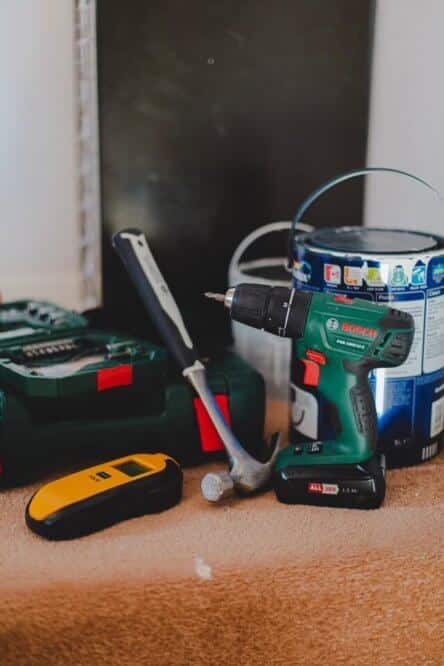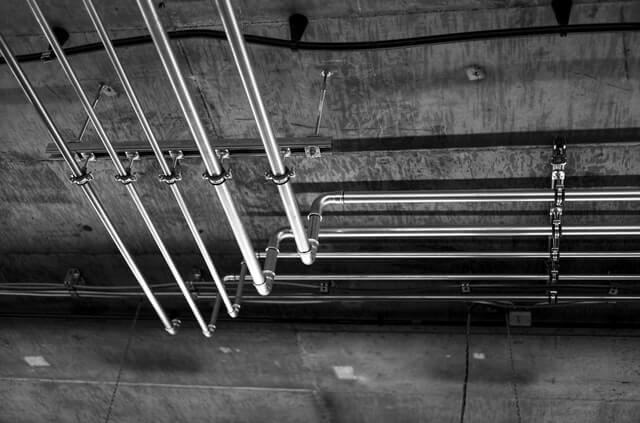The water supply copper pipes in our home are usually protected by walls and layers of other protective materials. However, sometimes it’s better to have the pipes directly insulated. Exposed pipes are the most obvious targets for this act as their protection is far smaller in scope but internal ones can benefit from insulation too, let’s revise how and why insulating copper pipes aids us down below.
Can you put insulation around hot water pipes?
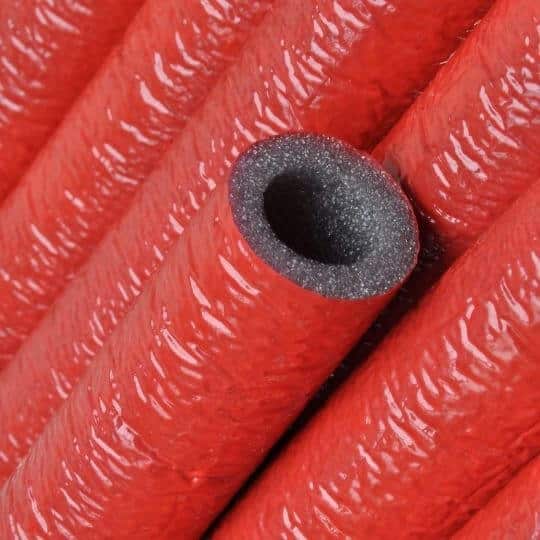
Hot water is frequently required within our homes. Be it for the sake of cleaning dishes or taking a bath, we will need water that’s warm enough to clean with. Once the water has lost the source of heating, it will start to decline in temperature.
The reason this decline happens is due to the heat dissipating from the pipe. The best way to prevent that is by installing insulation on our copper pipes.
However, you may be concerned whether it’s possible to install insulation on these pipes at all. The answer is yes. Not only does it prevent heat from dissipating, insulating hot pipes can make the process of heating up water take less time.
Your shower heads and taps will be quicker to switch to hot water too. As the switch time goes down so do our water expenses. [1]
Although this is a factor that could push us into installing insulation, there are other benefits to consider. We’ll list out a few apparent ones below.
So what does insulating copper pipes do?
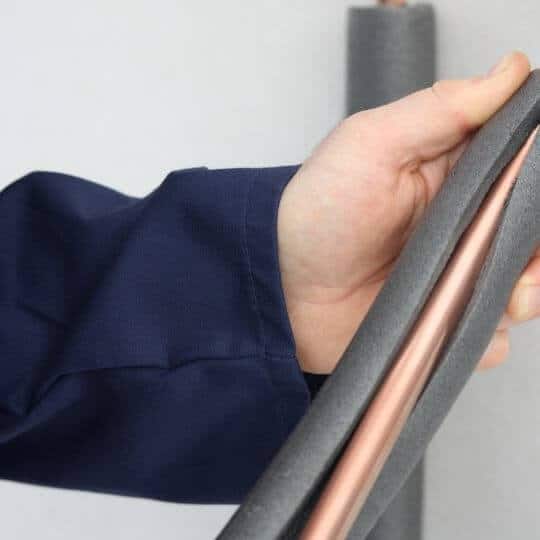
The best way to understand the utility of insulation is by going over its immediate benefits.
- Protects your pipes from freezing and bursting
The exposed pipes may be the types of pipes that are most directly benefiting from insulation. If they are located on the exterior we could have a situation where harsh winters lead to pipes freezing or bursting, causing flooding and water damage in the vicinity.
This can be a great drain on our resources and compromise the safety of our home in one swoop. To combat it, we should take precautions.
Insulating copper pipes is the way to go when trying to avoid these scenarios. By spending money on insulation, we can remove the unfortunate and sudden costs we’d have to clear if a pipe was to burst.
Keep in mind, a pipe bursting doesn’t mean you’ll only pay expenses to replace it. There are also expenses of a large water bill, fixing water damage, and cleaning the remains of the old pipe.
Pipes on exterior walls aren’t the only contender for insulation. Pipes in unheated areas such as garages, crawl spaces, and other similar locations should be insulated to ensure longevity.
- Improves thermal conductivity
Copper pipes in our homes are installed due to their extremely fruitful list of features. One of these is thermal conductivity. [2]
Although our pipes will transport heat better and thus lessen our expenses when water heating is involved, there are still ways to improve this trait. That’s why we should look into insulating copper pipes, as this is one of the most guaranteed ways of improving the heat within our pipes.
- Added protection
Another heat-related benefit we have is that pipes will be more secure from outside influences too. While the protection from physical or chemical damage the insulation offers isn’t too great, it could give us time to notice these issues occurring and save the pipe itself.
For example, you would notice changes after the insulation has been damaged. Damaged insulation means we lose the benefits that have been provided by it, making the absence of these features a key warning sign of something going down with the pipes. The same factors are potentially damaging the pipe right now as well. This will give us a chance to quickly react and fix it up.
- Protects inhabitants from burns
The last benefit to note is that exposed pipes will no longer be a hazard. Hot pipes that aren’t insulated could result in burns and are especially a danger to young kids. By covering them up, we remove this harmful possibility.
All of these reasons are worthwhile reasons to learn how to insulate exposed water pipes. So let’s take a deeper look into it.
How to insulate copper pipes?
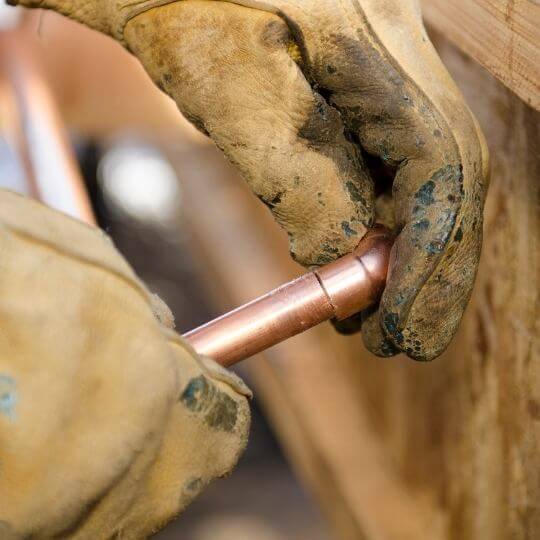
Your water supply pipes will need a few steps to get insulated. After all, insulating copper pipes takes a bit to get the desired effects.
You’ll first have to prepare the pipes. It’s paramount that you clean the pipes before engaging in their insulation. Removing debris, wiping the pipe, wiping dirt off, and other cleaning processes are all very important preparation for actual insulation.
Insulating copper pipes requires them to be dry, otherwise the insulation can get loose.
Make sure to get acquainted with the intricacies of the materials your pipes are made out of. There are a ton of possible materials your pipes may be made out of. Even though copper and brass are the most used materials, check that plumbing hasn’t been done with other materials before insulating them.
If you want to, the simplest way of insulating your pipes is to contact professionals. They should wrap up a job quickly but it will cost you a decent bit than doing it yourself. However, if you are a dedicated DIY person, we’ve prepared some guidelines for doing insulation yourself.
DIY pipe insulation
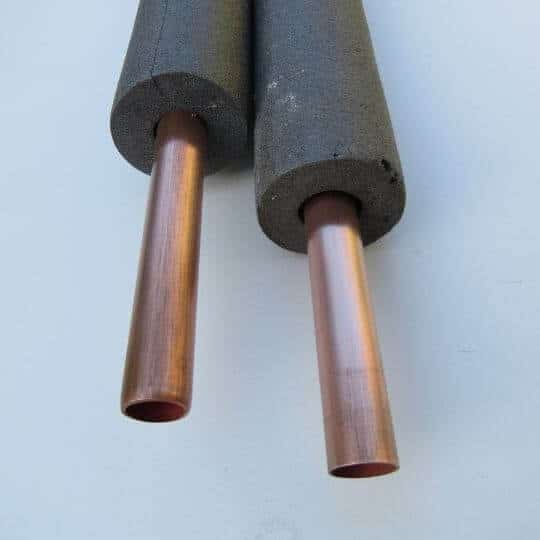
- Wrapping the pipe
Make sure you have all the equipment and materials with you. Get a knife or a cutter, insulating pipe wrap, and duct tape, and foam pipe covers. You may need a measuring tool too so make sure to have one at home.
The first step is to duct-tape the ends of insulation strips to the pipe itself. Make sure it’s tightly wrapped, so the insulation doesn’t loosen up.
The next step is to wrap the insulation around the pipe. Cover the entire pipe with insulation by looping the insulating material over the pipe. The material should overlap and tightly grip the pipe.
Keep going until the entire pipe has been covered fully, without any part of it being left bare. The actual amount of material you may need will vary but your primary concern should be that the pipe is well wrapped.
- Foam pipe covers
For this approach, you may not even need a cutter but it’s good to have one handy. The other item is foam pipe covers. That’s it for materials. Foam pipe cover is the easiest way of insulation that utilizes sleeves that are slipped onto the pipe.
To install foam pipe sleeves, you’ll need to adjust the sleeve along the length of the pipe and then slide the sleeve over it. Repeat this process until the wipe has been fully wrapped.
Next up is sealing the seams in the sleeves. Depending on the type of sleeve, you may have self-adhesive bits included already. Alternatively, seal them with duct tape.
Once the sleeve has been wrapped around, cut off any unnecessary bits sticking on either side of the pipe.
Related: Pinhole Leaks In Copper Pipes
Final Word
Due to their simplicity and foam’s benefits as a material, these sleeves are usually considered the best insulation for copper hot water pipes. If you mess up wrapping the pipes with the other method you lose air-tightness, along with a ton of effectiveness. However, if you wish to optimize your insulation you could look into some other materials and techniques employed by professional plumbers. [2]
Read Next: Water Pipes Banging At Night

Michael Davis is a heating & plumbing expert who currently works as independent contractor in SC. He also writes for Plumbertip.
For almost 10 years he worked on various plumbing tasks across South Carolina.
